AO Edited
Museum of Psychphonics
A modern-day wunderkammer dedicated to Indianapolis history, Afrofuturism, and musical vibrations.
The Museum of Psychphonics is a modern-day wunderkammer, ”a 4-dimensional theme song for the soul of American underground culture.”
The museum’s small collection has at its core the lesser-told stories of Indianapolis’ history and its connection to African-American music, as well more general themes of Afrofuturism, says Michael Kaufmann, its founding director. It hits the lofty note, too, of the music of the spheres—there are planets hanging from the ceiling and it’s named after the sound of breath and the sound of mind.
The museum is located in Indianapolis’ Fountain Square neighborhood, in the Murphy Building; to reach the museum, you enter into what looks like a very small record store and pass through a heavy red curtain, inspired by the one in a portrait of Charles Willson Peale, the early American painter and collector. Past the curtain is a warmly lit space, just 11 by 10 feet. The display case are made largely from old musical instruments; the collection includes “currencies of amusements and fallen empires,” like the Soviet Union, an ashtray from the Burger King where Elvis was spotted after his death, and samples of dirt from venerated places, including religious pilgrimage sites, places where UFOs were spotted, and the arena where Elvis gave his last performance. There’s also music—the 4th dimension—commissioned for the museum; one piece is inspired by Scapper Blackwell, a blues guitarist who recorded and was killed in Indianapolis.
The main attraction, though, is the Parliament Funkadelic Baby Mothership, a prop from the group’s road show. The Baby Mothership flew over approximately 300 audiences: it would appear to land on stage, and the big Mothership would appear, from which George Clinton would emerge. The Parliament Funkadelic road manager Tom Battista is an Indianapolis native, and he and his family were responsible for creating the show’s props. When Kaufmann found out the Baby Mothership was still around, he thought: “That’s too awesome to just have it in storage. We should put it on display and celebrate it.” He had been thinking for a long time about creating a wunderkammer of some kind and recruited artist Kipp Normand as the curator and designer of the project.
The Museum of Psychphonics isn’t the sort of place with long, explanatory panels. There’s a pamphlet that visitors can take, but it’s designed to be read after a visit. “The didactic information is pretty limited,” says Kaufmann. “The museum asks more questions than it provides answers.”
Update August 2018: The museum temporarily closed on July 22, 2017 to move to a new location. It is still closed as of August 2018.
Update February 2019: The museum will reopen February 22 from 6 to 9 p.m., and Feb 23 from 12 to 5 p.m. Regular hours for the museum will be on First Fridays and by appointment throughout the year.
Know Before You Go
Open on most First Fridays, or by appointment.

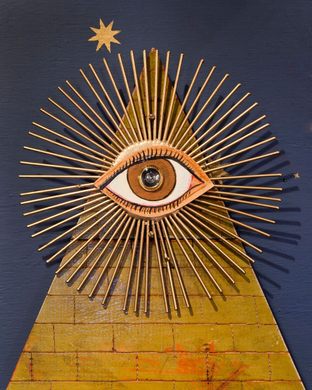
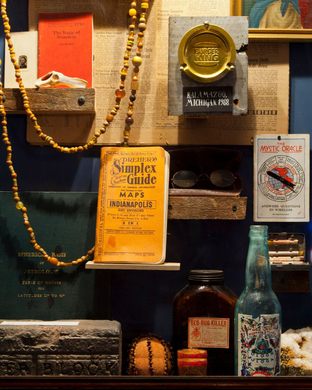
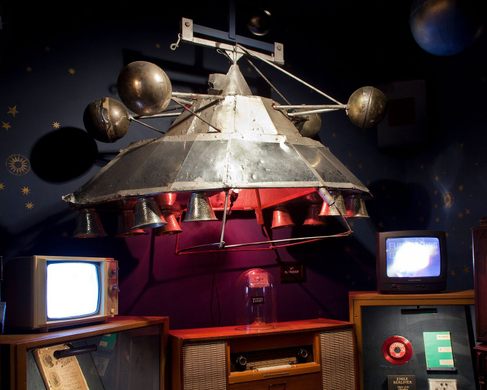
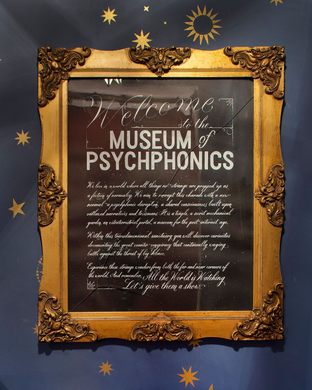
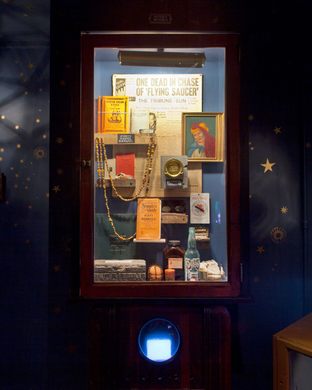
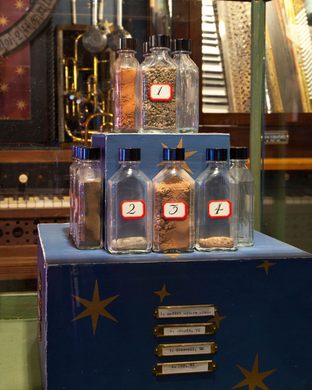
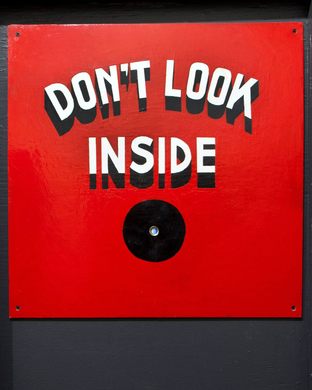









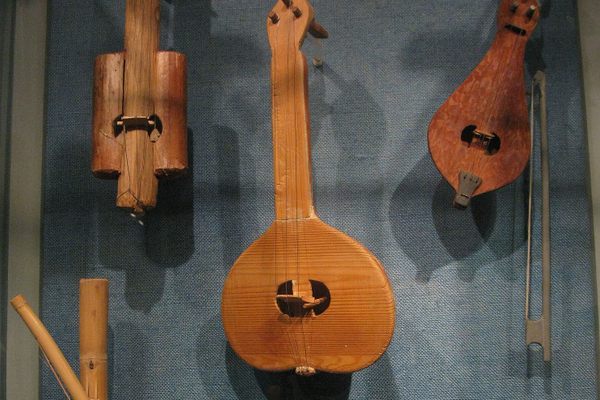




Follow us on Twitter to get the latest on the world's hidden wonders.
Like us on Facebook to get the latest on the world's hidden wonders.
Follow us on Twitter Like us on Facebook